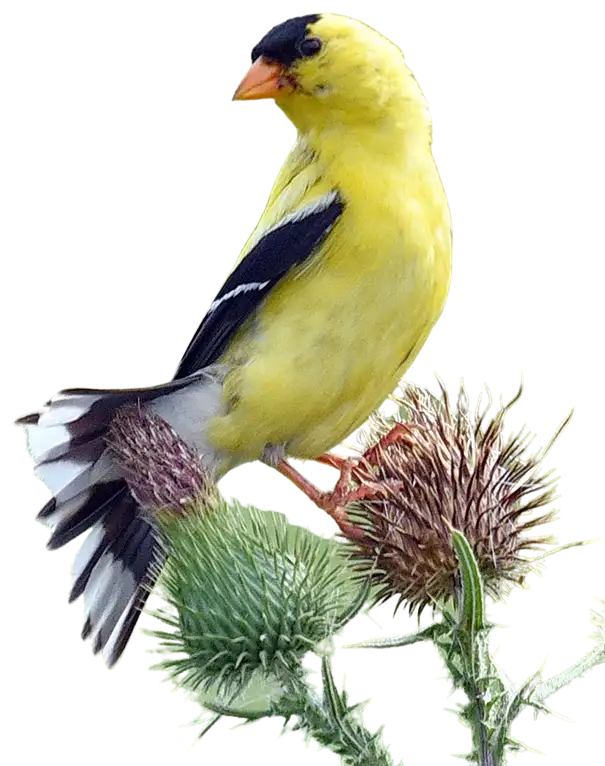You might not be aware, but it’s spring! As club president Laura Kammermeier announced in last week’s meeting, the Northern Cardinal has begun to sing.
Why’s that a big deal? Because male birds generally sing when they’re looking to attract mates. And, if you’ve ever seen Bambi, you know that that’s spring-business.
It doesn’t seem like spring yet here in Rochester, though. If your front yard is anything like mine, it’s still fighting off piles of soggy snow. The grass isn’t even peeking through yet–though I can see a Cheetos bag and mangled side-view mirror that the plow pushed onto the curb.
For the sake of March morale, it’s a good thing that nature is starting to send good signals: In addition to my dog shedding squirrel-sized bunches of fur, there’s birdsong in the air.
Although birds use their voices year around, those cheeps and chirps are called their calls. Calls, as I understand it, can mean things like “Watch out!” and “I’m over here!”
The songs we’re excited to hear are roughly equivalent to “Hey, baby!” Or maybe that’s not giving male birds enough credit. Rather than catcalls, I like to imagine they’re saying “I’ll bring you lots of worms as you sit on our eggs!” and “Check out this flashy plumage, which indicates I eat a nutritious diet!” Romantic, right?
Here’s an example, courtesy of the Cornell Lab of Ornithology’s Macaulay Library:
.
To compare call and song, check out the sounds tag of the entry in Cornell’s All About Birds site here.
If you’re even more curious, they also have this interactive page called “All About Bird Song.”
Another beginner-friendly species to listen for this time of year is the Black-capped Chickadee. This clip, also from the Macaulay Library, includes both call and song:
(Hint: you can hear the song right about the 1:45 mark.)
Let me know if you’ve recently heard these guys or other species singing. Part of the fun of birding is sharing observations, especially when they’re tidings of warmer weather.




